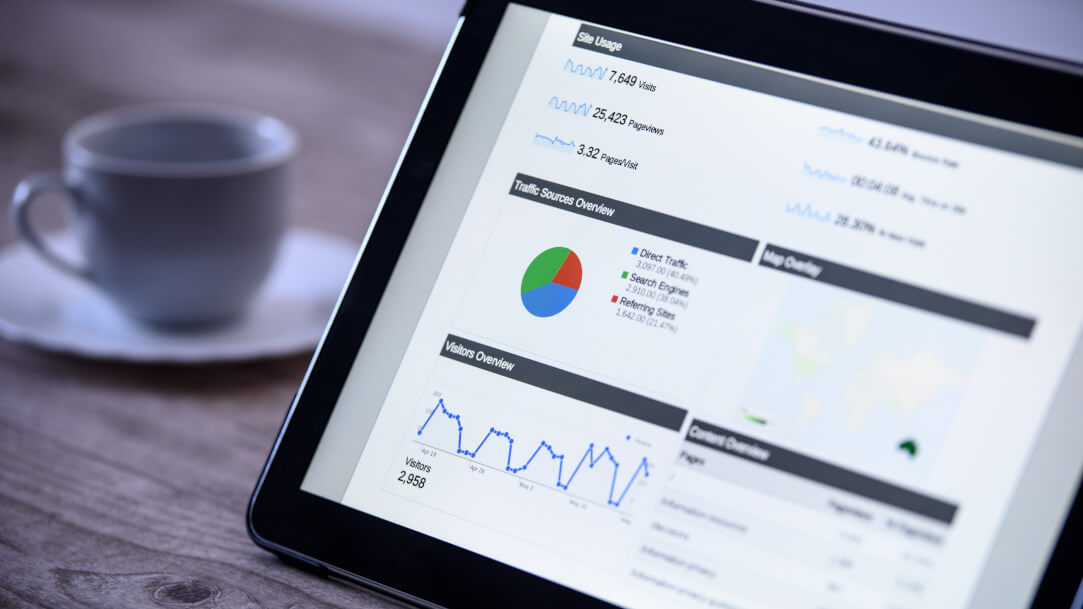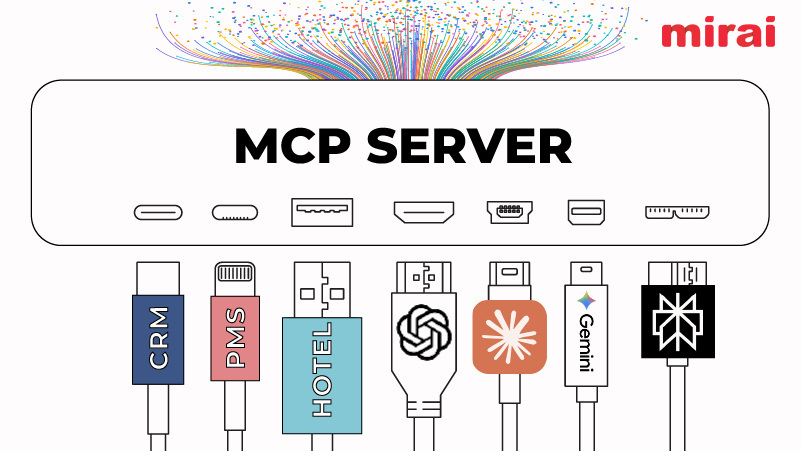
Let’s start by defining the two strategies, and discussing what makes them different. Keep in mind as you read the definitions, that the two strategies aren’t necessarily diametrically opposed.
NB: This is an article from Lighthouse
Subscribe to our weekly newsletter and stay up to date
Hoteliers can sometimes utilize a combination of the two strategies, but each has its own set of benefits and drawbacks. Let’s start with the older, more basic pricing method: static pricing.
Static pricing:
Static pricing is a method of determining a pricing structure up-front, and leaving that strategy in place for an extended period of time.
For example, a small independent hotel may implement a two-tiered seasonal pricing strategy:
- $199 fixed standard rate for the low season (November – March)
- $249 fixed standard rate for the peak season (April – October)
Sounds easy, doesn’t it? Remember that there are pros and cons to implementing any strategy. Let’s discuss what makes this a beneficial strategy, and also what makes a static pricing strategy inherently risky.
Pros:
Ease – It’s time efficient and not particularly difficult to come up with a static pricing strategy compared to a more dynamic strategy. A hotelier with relatively little experience can likely do some very basic market research in an afternoon, and have a very rough estimate of how he should price for certain times of the year. Setting prices in the PMS or channel manager might also be a breeze, especially if those systems allow for bulk updates.
Transparency – Hoteliers and travelers may also appreciate the transparency of a static pricing strategy. For shoppers, there is little risk that the rate will change, so they can feel more secure in waiting to book. Hoteliers may feel more secure in that all guests are paying the same rate, and don’t have to worry about guests haggling or expecting a lower rate. The rate “is what it is”, giving hoteliers and travelers peace of mind.
Cons:
Missed opportunities/revenue: As with most things that come easy, there are many catches and pitfalls with a static pricing structure. First and foremost is the huge risk of lost revenue due to unaddressed changes in market conditions. If demand surges or declines due to an unforeseen reason, hoteliers can easily find that their static rate strategy is either overpriced (leading to lost bookings) or underpriced, leading them to sell their inventory too quickly at low rates.
Weaker competitive position: Not having competitive prices affects a hotel’s visibility and ranking on booking platforms. Utilizing a static structure allows a hotel’s direct competitors to secure more bookings, collect more reviews and subsequently strengthen their market position further, while the hotel with less competitive pricing lags behind.
For the vast majority of hotels, a simple static rate structure like the one described above, is likely too inflexible and risky to implement. A static pricing model works best only for those hotels with high predictability in demand patterns, costs and occupancy levels. As you may know, this is a rarity in the hospitality industry.
Dynamic Pricing
Dynamic pricing is a strategy where price points are updated often (sometimes daily, or even more frequently) based on a multitude of real-time factors, such as competitor pricing, pickup, and other market intelligence and data analytics. Usually, dynamic pricing strategies are achieved with the help of automated algorithms that analyze these various market intelligence data points, and push an optimal price directly to the property’s PMS, or send rate recommendations to the hotelier for approval.




